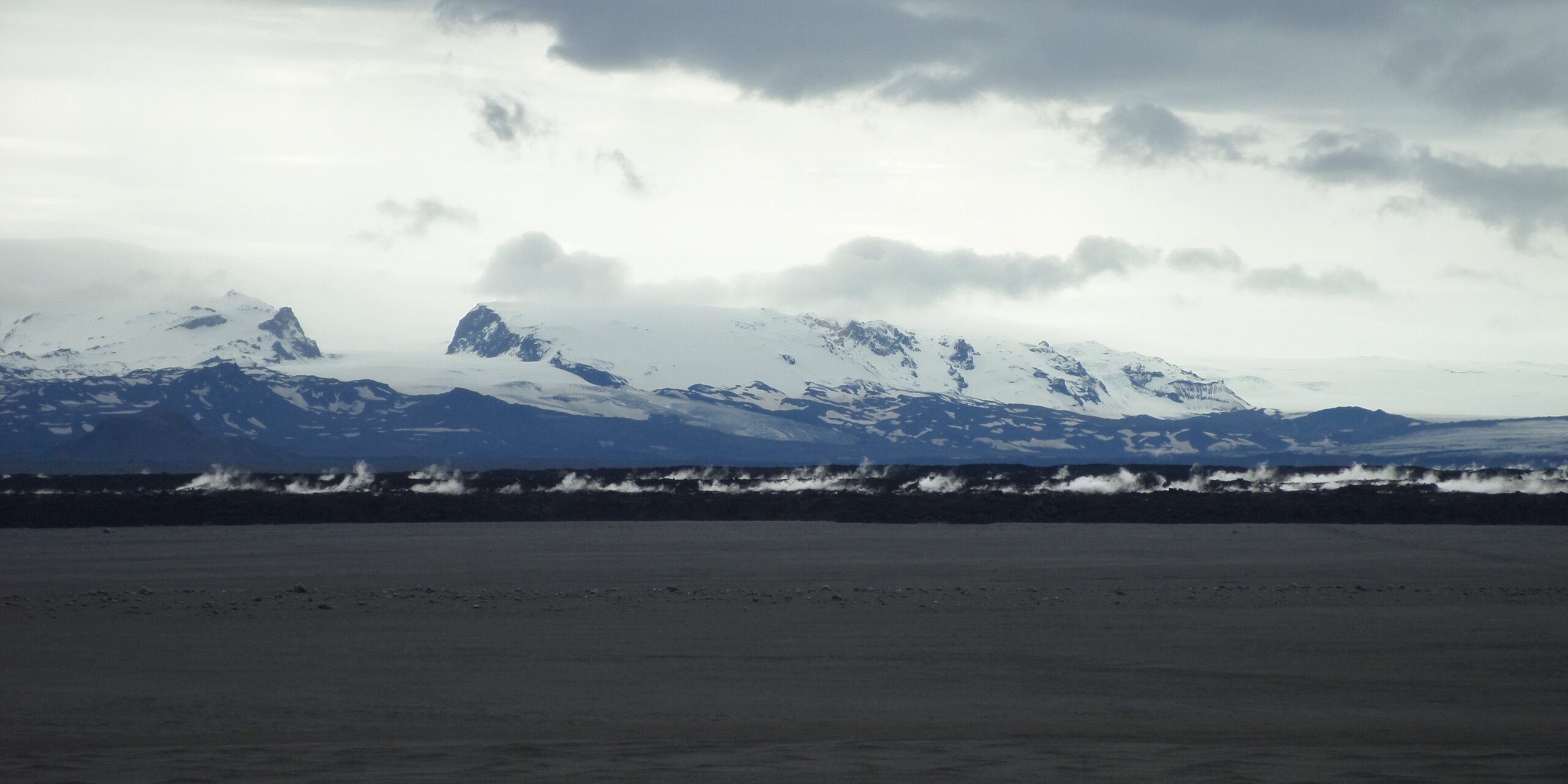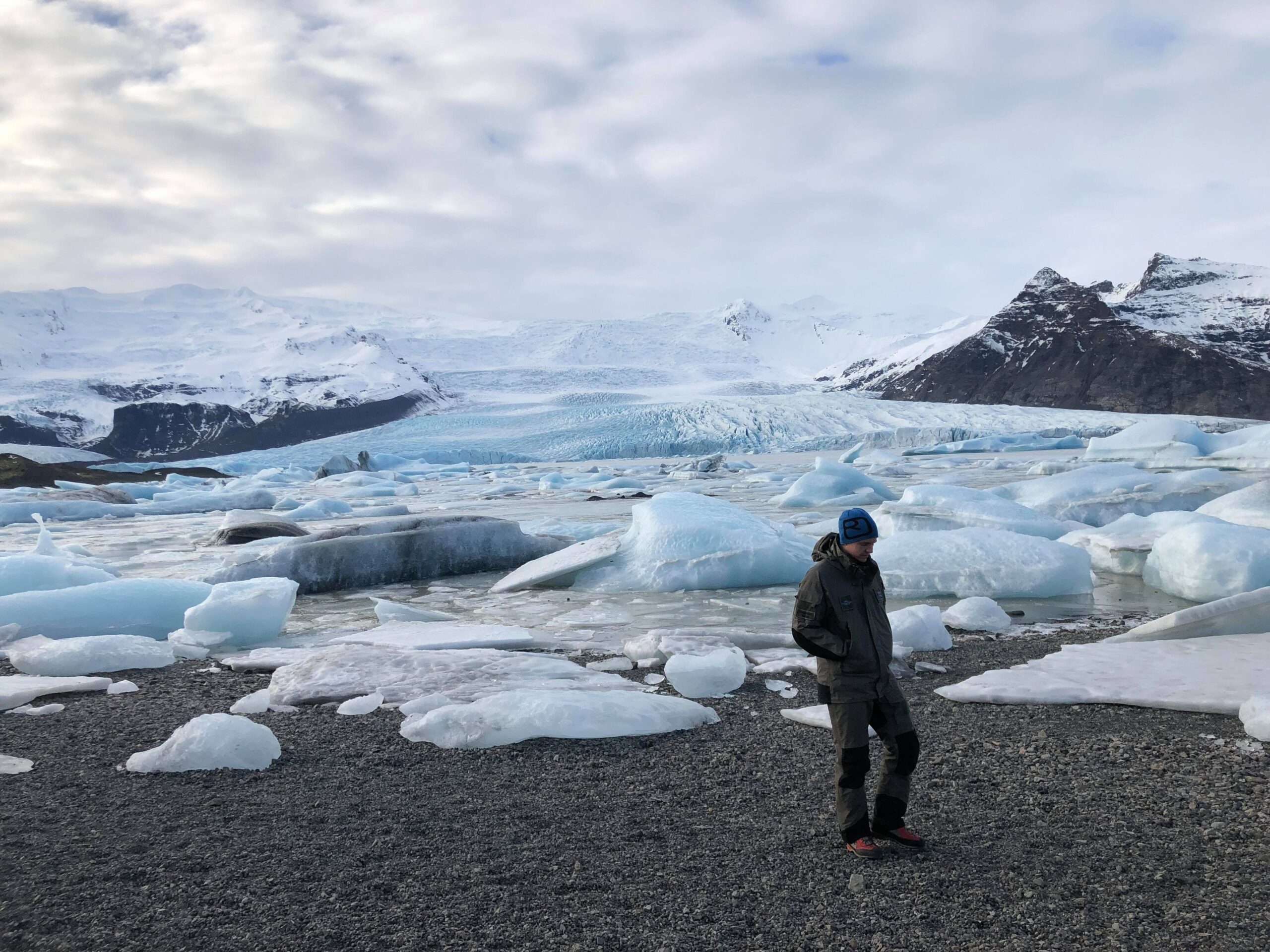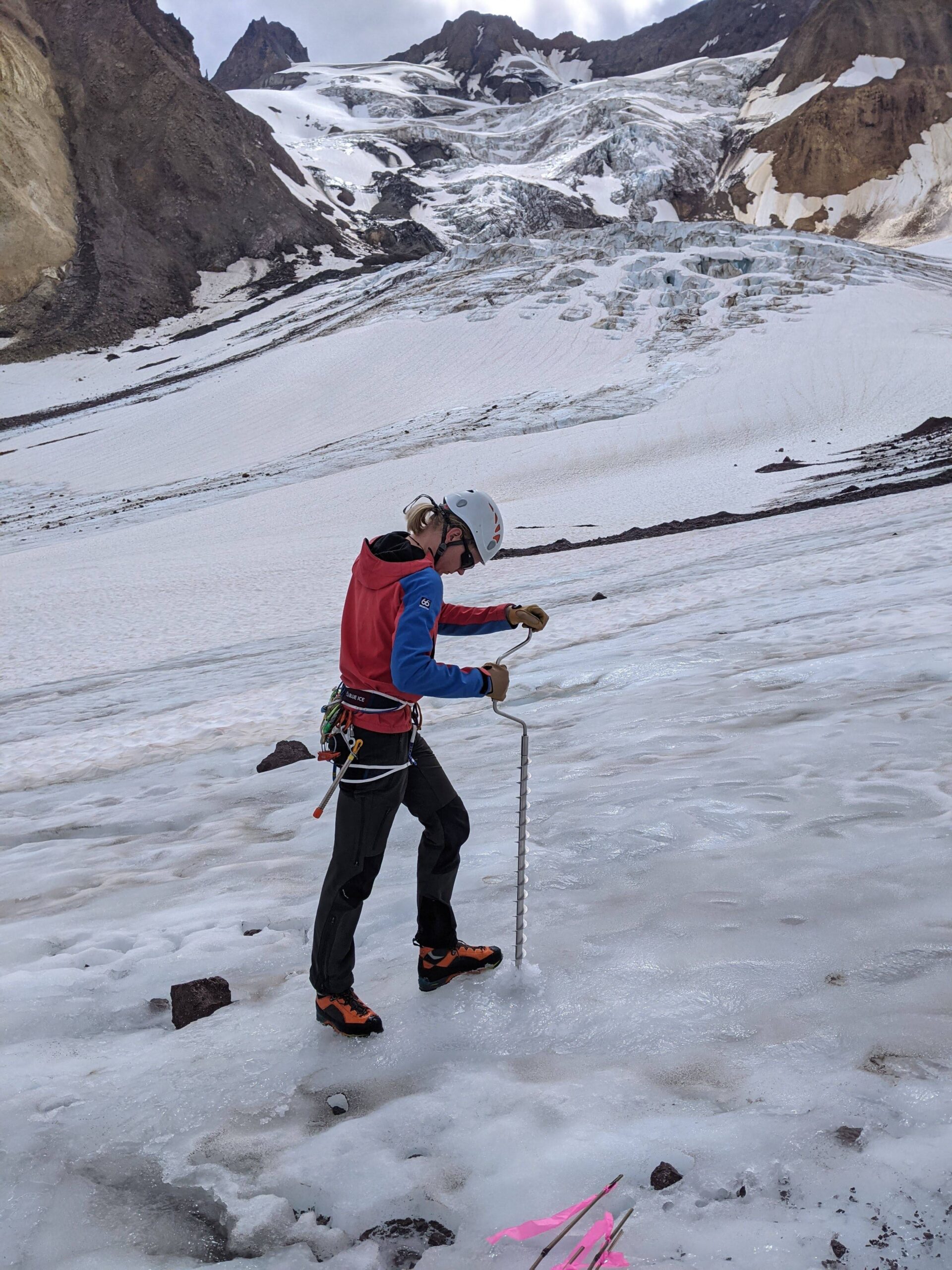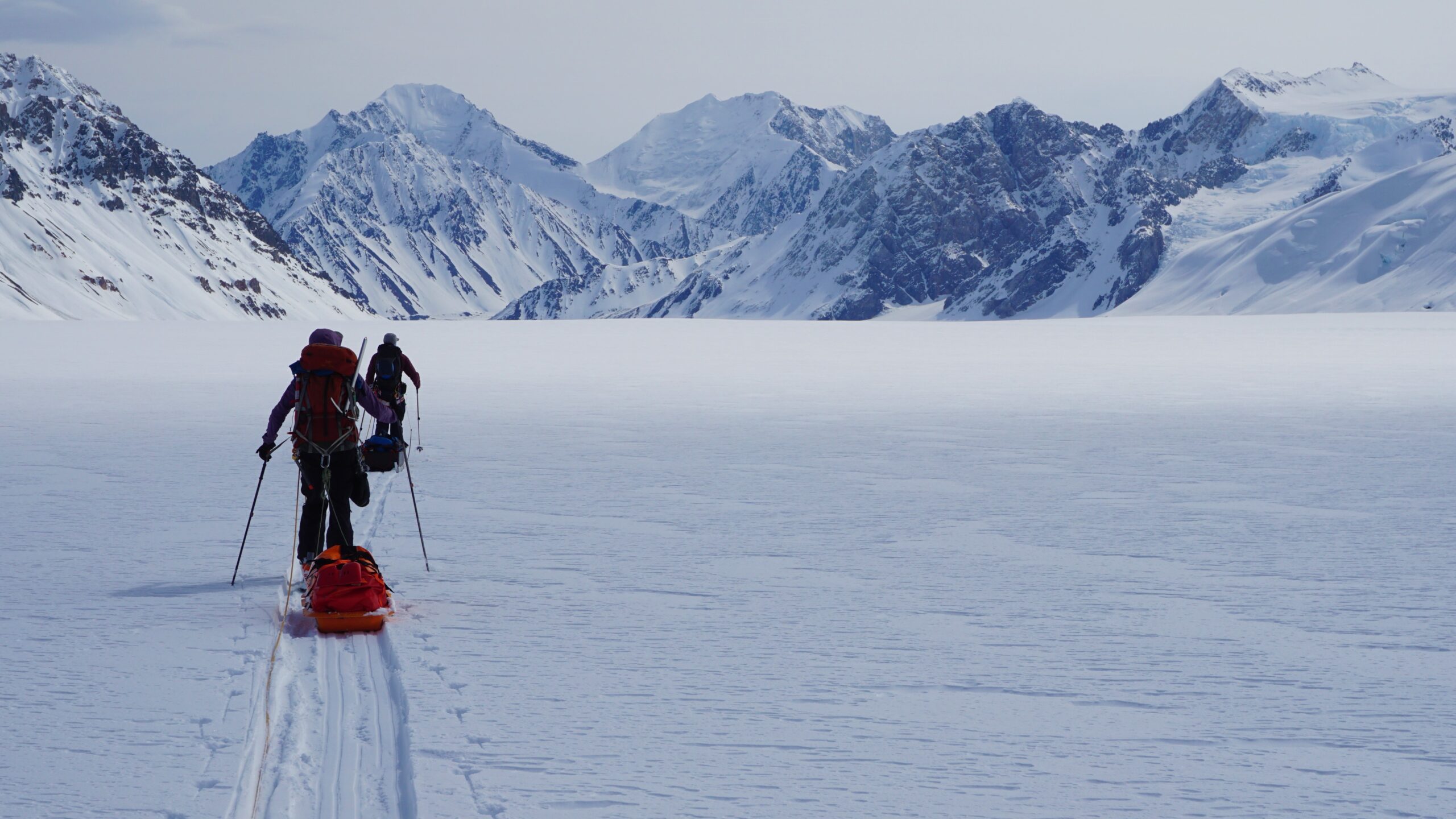Hi there, my name is Tryggvi Unnsteinsson, and I just started as a PhD student in Department of Geography and Environment at University of Aberdeen. My project is on the interactions between volcanoes and glaciers. Specifically, we aim to use remote sensing to monitor changes in glacier geometry and dynamics in relation to changes in volcanic activity.

I am born and raised in Akureyri, the largest town in northern Iceland. An appreciation for the outdoors was instilled in me from a young age, as the family spent summers traversing the Icelandic highlands and helping out at my grandma’s farm. I joined the Icelandic search-and-rescue teams at age 17, while in college, and after two years of mandatory training I started specialising in mountaineering and glacier operations. During my time at Akureyri Junior College, I accidentally discovered that I had a knack for physics, which landed me on the Icelandic team at the International Physics Olympiad in 2014.

To try and combine my outdoor interest and academic strengths, I enrolled in geophysics at the University of Iceland for my undergraduate degree. There my interests were focussed on glaciology and volcanology, culminating in a BSc thesis project on the subglacial volcanic eruption of Gjálp in 1996. After graduation I was employed as a park ranger in Skaftafell for Vatnajökull National Park. There I got to practise my communication skills on geoscience related topics during educational walks we conducted for park visitors. Further, as Skaftafell lies in the vicinity of Öræfajökull and Grímsvötn, active glaciated volcanoes, I became familiar with how life in the area is influenced by the hazards they impose.

In 2019 I moved to Vancouver, Canada, to start a MSc degree in earth sciences at Simon Fraser University. There I continued investigating interactions between glaciers and volcanoes, and my project focused on voids that are melted into glaciers by subglacial geothermal/volcanic activity, i.e., glaciovolcanic caves and chimneys. My study site was Job Glacier on the northern side of Qw̓elqw̓elústen (Mount Meager), on the traditional unceded territories of the Líl̓wat First Nation. It was discovered in 2016 that geothermal activity had melted through Job Glacier in several locations, something that had never been documented before. During my studies I modelled these glaciovolcanic features using physics-based analytical and numerical models, and by so was able to estimate the geothermal heat fluxes responsible for their formation. I was privileged enough to have the opportunity to do fieldwork while in Canada, both in relation to my project and to assist others. This allowed me to use in combination the skills I had acquired through my academic studies, as well as those developed during my time with search-and-rescue and on personal mountaineering and ski trips.

After graduating from SFU, I moved back to Skaftafell to again work for Vatnjajökull National Park. Only one month into my stay there, we were put on alert due to the possibility of an imminent subglacial eruption in Grímsvötn. Although, thankfully, nothing happened, my fascination with glaciers and volcanoes only grew while living amongst them. I hence began looking for avenues for me to be able to contribute to the monitoring and knowledge dissemination of glaciovolcanism and its associated hazards. I am therefore incredibly excited to now be starting my PhD at University of Aberdeen, and to have the opportunity to continue studying the interactions between volcanoes and glaciers.





















































